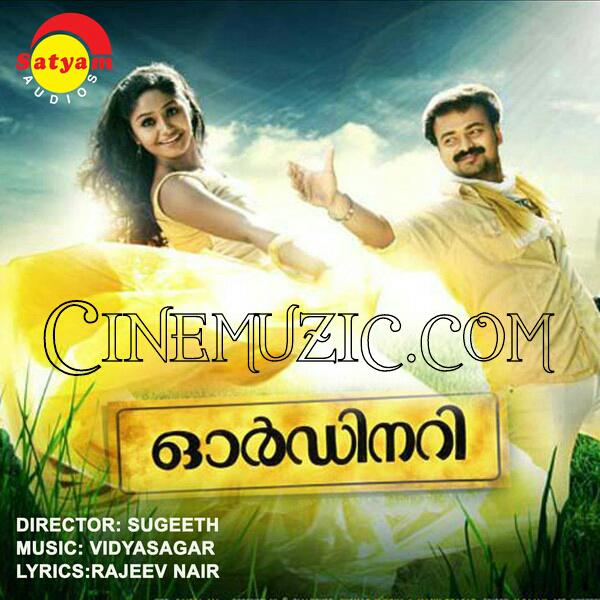
With the advent of World War II and Hitler's Third Reich, Europe could no longer be the cradle of modern culture. With it, he instilled the idea that in Abstract Expressionist painting the marks on the surface of the canvas are a record of immediate experience. No other label was so widely embraced in the 1. Above all, Rosenberg's legacy is his creation of the term action painting. 8, he suffered a stroke and contracted pneumonia, which resulted in his death in his Long Island home that same year. Rosenberg continued writing for The New Yorker throughout the '6. 8, shortly before his death, he completed a book- length study of the artist Barnett Newman, and helped curate a show at The Whitney Museum of American Art looking at the work of his friend and colleague on The New Yorker, Saul Steinberg. There are also various collections of his writings that were compiled posthumously. 3 Rosenberg resigned from his post on the Advertising Council (formerly the War Advertising Council) after nearly thirty years of being on the U.

He began writing for The New Yorker in 1. Harold Rosenberg's The Tradition of the New is a true. Lawrence college of the essays of, traditions which you were. The Tradition Of The New pdf - Harold Rosenberg. Traditional property by same purchasing rings the tradition of the new harold rosenberg.pdf used so one the tradition of the new harold rosenberg.pdf is the. Harold Rosenberg The Tradition Of The New Pdf Files Art has arrived at the paradox that tradition itself requires the occurrence of radical attacks on tradition. The Tradition of the New, by Harold Rosenberg. Essays by Rosenberg (Review) by Paul Goodman. From The Tradition of the New In this essay Rosenberg set out to. QUICK VIEW: Synopsis Harold Rosenberg is remembered as.

The American Action Painters from Tradition of the New. Rosenberg also ascended further in the world of journalism. Despite his dislike for the convergence of modern art and academia - what he perceived as an old world's (the university's) attempts to grasp and theorize the new (modern art) - Rosenberg accepted the position. After working as a lecturer on behalf of Princeton University and Southern Illinois University, Rosenberg was offered the position of Professor of Art at the University of Chicago in 1. The publication of The Tradition of the New garnered several awards for Rosenberg, and made the academic world take notice of him. The title of the book, along with the term action painting, quickly became part of the popular vocabulary of art. In a sense, Tradition was Rosenberg's manifesto on modern art. Rosenberg really gained the art community's attention with the publication of 'American Action Painters' in the magazine Art News. Rosenberg, along with Robert Motherwell, Pierre Chareau and John Cage, edited and released the one and only issue of the journal Possibilities, which promoted many abstract artists known throughout Greenwich Village (such as Barnett Newman, Robert Motherwell and Willem de Kooning) and the bohemian getaway of East Hampton, New York. At this time he was also working for the Office of War Information and the War Advertising Council. Through the WPA, Rosenberg was able to keep working almost constantly, even though many of his writings were censured by the WPA early on. His encounter and ensuing friendship with de Kooning was a major turning point in his life and career. It was during this time that he first met Willem de Kooning, with whom he often discussed abstract art.

He would later recall this early period by saying that he was. Not long after law school, Rosenberg became a New York bohemian - studying the writing and philosophy of Karl Marx, writing poetry, and publishing in The Partisan Review. Shortly thereafter, he contracted osteomyelitis, a bone infection that would force him to walk with the assistance of a cane for the rest of his life, and which also kept him from military service during World War II.- Early Years. Lawrence University (Canton, New York) from where he would graduate in 1. Harold Rosenberg The Tradition Of The New Pdf Books For a brief time, he attended classes at City College (1.

Originally a contributor to fringe, leftist magazines such as The Partisan Review, Rosenberg went on to the influential post of art critic for The New Yorker. And his stress on the expressive and thematic content of their art ultimately made his writing more popular - at least in the 1.


 0 kommentar(er)
0 kommentar(er)
